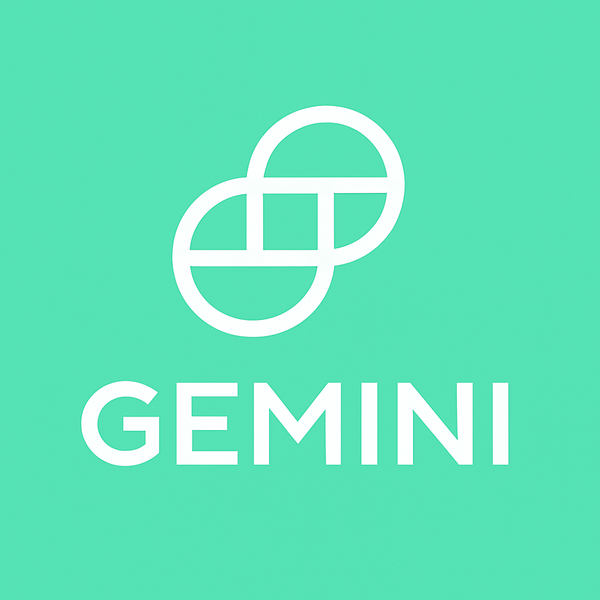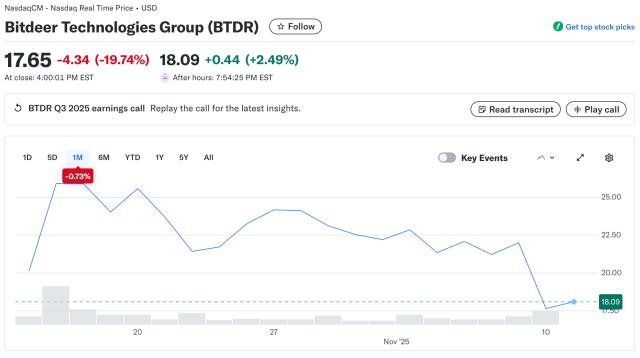
Cryptocurrency exchange Gemini reported a surge in revenue in its first post-IPO earnings, but its stock price plummeted to an all-time low. While investors focused on the burden of IPO costs, the industry is turning its attention to a new revenue model: crypto rewards cards.
Gemini announced on the 11th (local time) that its third-quarter net revenue reached $50 million, a 52% increase from the previous quarter. This growth was driven by $26 million in transaction fees and $20 million in service revenue.
A notable change is the change in revenue structure. Service revenue has expanded to 40% of total revenue, a significant increase from less than 30% a year ago. This suggests the company is reducing its reliance on transaction fees and building a diversified revenue model.
In particular, the Gemini Crypto Rewards Credit Card secured 100,000 active accounts and saw quarterly spending double the previous quarter, reaching $350 million. Staking balances also reached $741 million, establishing a stable foundation for service revenue. The company forecasts annual service and interest revenue of $60 to $70 million.
Trading volume increased 45% to $16.4 billion, and institutional trading increased nearly 50%. Gemini obtained a European MiCA license in August to reduce its reliance on the US market and launched services in Australia in October.
However, the market response was lukewarm. Immediately following the earnings announcement, the stock price plunged more than 11% in after-hours trading, hitting a new low below $15. This was due to a third-quarter net loss of $159.5 million ($6.67 per share) and a negative adjusted EBITDA of $52.4 million. Stock compensation and marketing expenses incurred during the September IPO exacerbated the loss.
While investors have focused on short-term losses, the industry is watching to see whether crypto cards and staking can improve Gemini's revenue structure.








